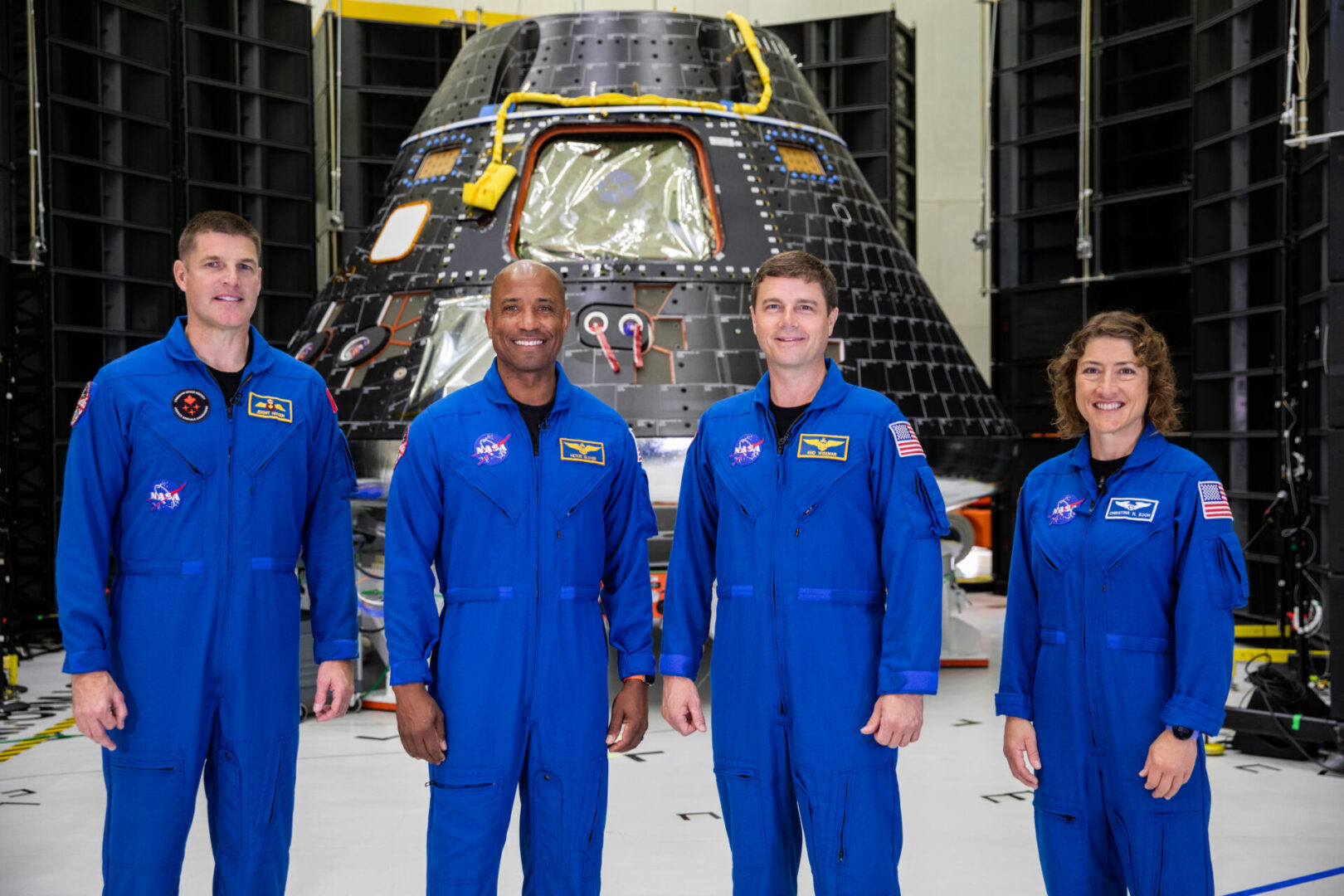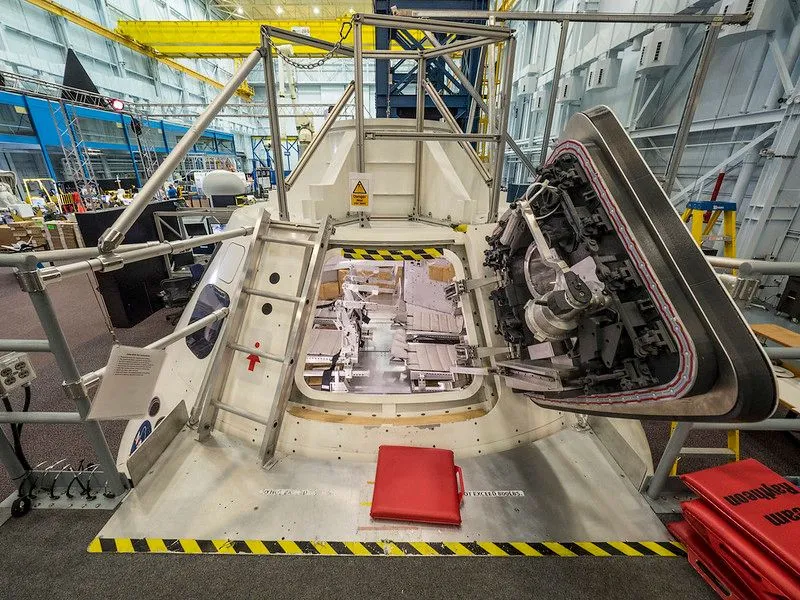NASA has announced plans to launch astronauts on a ten-day journey around the Moon by February 2026. The U.S. space agency had earlier pledged to launch by the end of April but stated it now seeks to advance the mission.
It has been fifty years since the last crewed mission to the Moon by any nation. With Artemis II, NASA will send four astronauts to lunar orbit and bring them back safely to Earth to test vital systems.
The Artemis II mission represents the second launch of the broader Artemis program, which aims not only to land astronauts on the Moon but also to establish a sustained human presence on its surface.
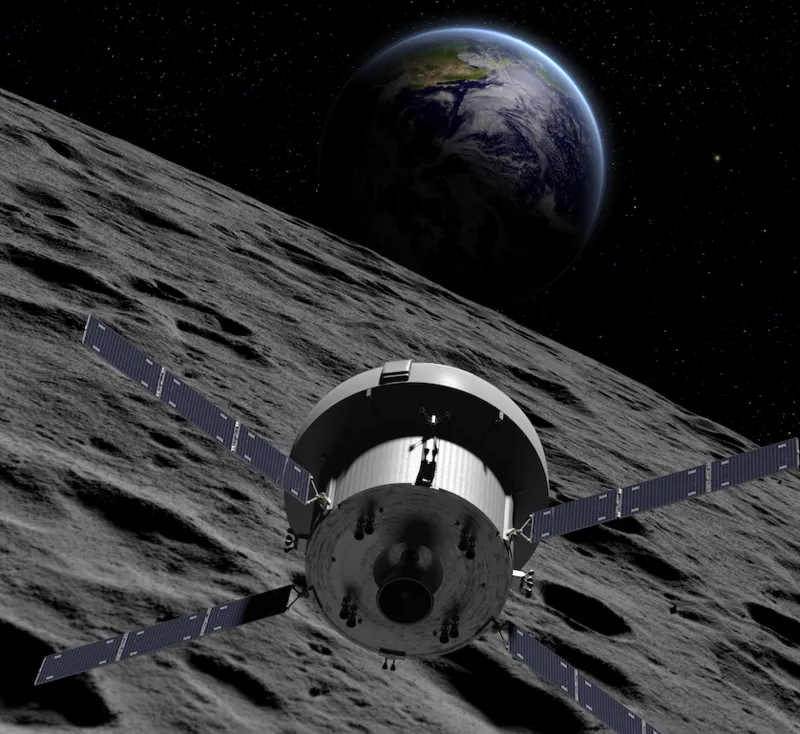
A Historic Step in Human Space Exploration
Lakiesha Hawkins, acting deputy associate administrator at NASA, described the upcoming mission as a pivotal moment in humanity’s journey into space.
“We are together witnessing history from the front row,” she said during a news conference.
She added: “The opening of the launch window may occur as soon as February 5th, but we want to highlight that safety remains our paramount concern.”
Artemis Launch Director Charlie Blackwell-Thompson also emphasized readiness, noting that the Space Launch System (SLS) — the powerful rocket designed to carry astronauts to the Moon — was “essentially stacked and prepared to launch.”
Only final touches to the Orion crew capsule and ground testing remain before the mission can proceed.
NASA’s first Artemis mission, launched in November 2022, was a 25-day uncrewed test flight. The spacecraft orbited the Moon and successfully returned to Earth, though engineers identified heatshield issues during re-entry. Those problems have since been resolved.
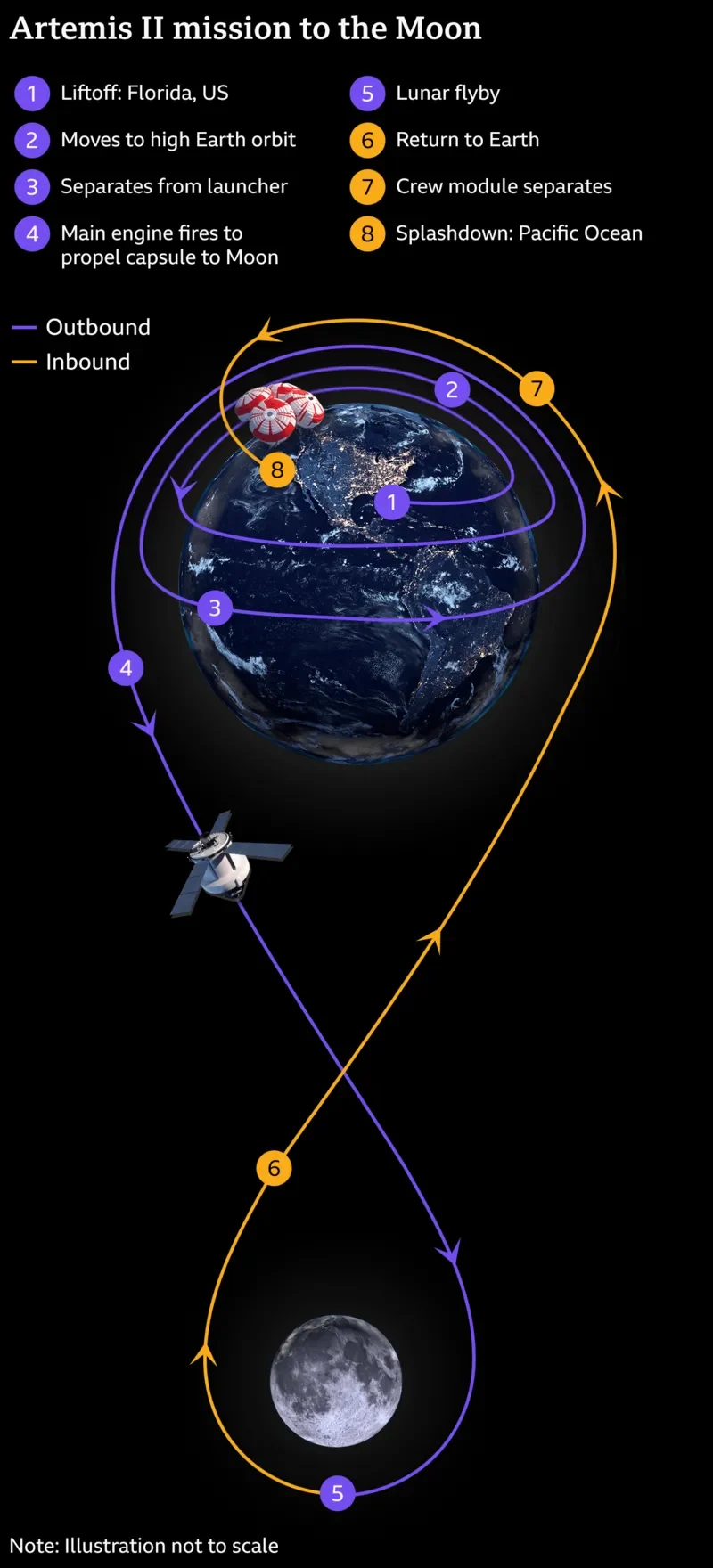
Meet the Artemis II Crew
The Artemis II mission will carry four astronauts on a ten-day flight around the Moon before returning to Earth. The crew includes:
- Reid Wiseman (NASA)
- Victor Glover (NASA)
- Christina Koch (NASA)
- Jeremy Hansen (Canadian Space Agency)
Although they will not land on the lunar surface, this team will become the first humans to travel beyond low Earth orbit since Apollo 17 in 1972.
Chief flight director Jeff Radigan explained that Artemis II will take the astronauts deeper into space than any mission in history:
“They’re traveling at least 5,000 nautical miles (9,200 km) beyond the Moon, significantly farther than earlier missions.”
The goal is to thoroughly test rocket and spacecraft systems ahead of a future lunar landing.
How Artemis II Will Work
The astronauts will board the Orion capsule, mounted atop the SLS rocket. The launch sequence includes:
- Two solid rocket boosters lifting Orion into space (detaching after 2 minutes).
- The massive Core stage separating eight minutes later, leaving Orion attached to the Interim Cryogenic Propulsion System (ICPS).
- Solar panels on Orion deploying to generate power.
One and a half hours later, ICPS will boost the spacecraft into higher Earth orbit, followed by 25 hours of systems checks.
If successful, Orion will detach from ICPS, performing a “Proximity Operations Demonstration” — a space maneuver to simulate future docking procedures.
About 23 hours later, Orion’s service module will execute a Translunar Injection (TLI) burn, sending the astronauts on a four-day, 230,000-mile journey toward the Moon.
Testing Human Endurance in Deep Space
During the mission, the astronauts will also serve as human test subjects.
Researchers will examine how their bodies respond to space by cultivating organoids — miniature tissue samples from the astronauts’ blood — both before and after the mission.
Dr. Nicky Fox, NASA’s science lead, explained:
“We aim to thoroughly investigate the impact of microgravity and radiation on these samples. I definitely won’t be examining an astronaut! I can analyze these small organoid samples and carefully examine the differences.”
After a slingshot maneuver around the Moon, Orion will begin its four-day journey home.
As Earth’s gravity pulls the spacecraft back, Orion’s service module will detach, leaving the crew module to endure the critical re-entry phase before parachuting into the Pacific Ocean off California.
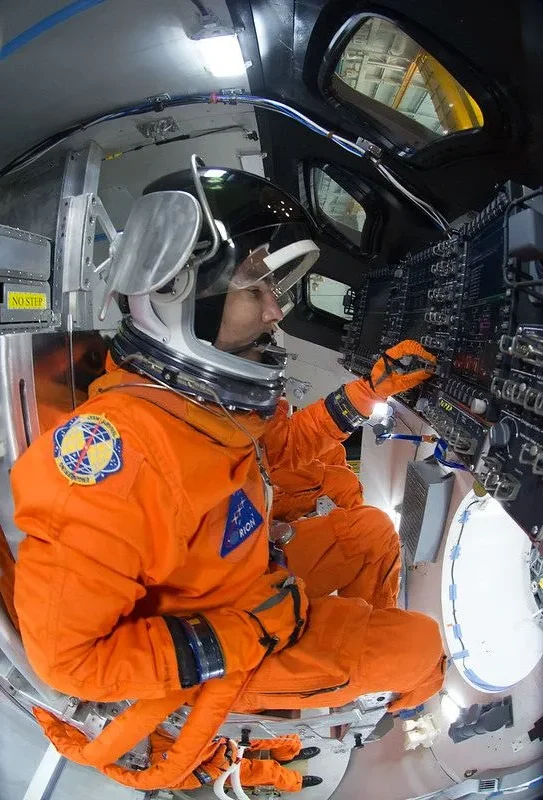
Preparing for Artemis III and Beyond
The success of Artemis II will directly determine the timeline for Artemis III, NASA’s planned mission to land astronauts on the Moon.
However, experts remain cautious. Dr. Simeon Barber of the Open University noted that NASA’s target of “no earlier than mid-2027” may be overly optimistic:
“‘No earlier than’ is well-known terminology for NASA, and it signifies exactly that. That’s the soonest chance.”
He also stressed that Artemis III relies heavily on SpaceX’s Starship to ferry astronauts to and from the lunar surface — a spacecraft that still faces significant technical hurdles.
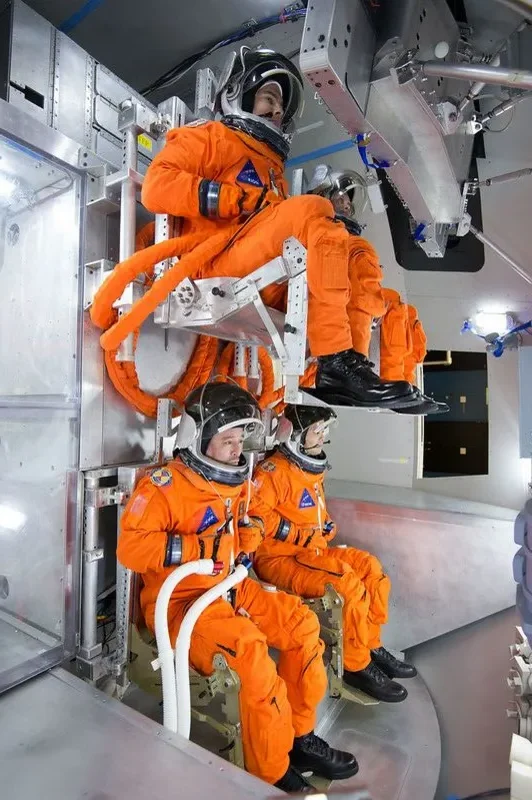
Conclusion
The Artemis II mission is a milestone in humanity’s quest to return to the Moon. While it will not land astronauts on the lunar surface, it is designed to push the boundaries of space exploration — taking humans farther than ever before, testing cutting-edge systems, and preparing the way for a permanent presence on the Moon.
If successful, it will mark the first step toward NASA’s ambitious long-term vision of deep space exploration, including Mars.


